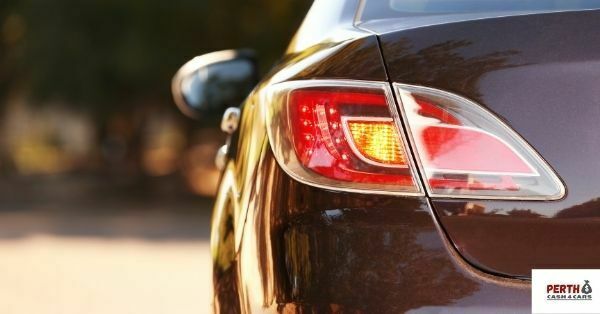our series of posts aimed at demystifying car repairs you can carry out at home, we’re going to cover rear lights.
It’s illegal to have a non-functioning rear lamp, so being able to quickly repair it yourself is a really valuable skill. Here’s our guide on how to do so.
Get the right part
First things first, find a suitable replacement from either your local dealer or from an online parts store . It’s usually possible to get an ‘aftermarket’ version of your rear light if you want to save money. However do bare in mind that aftermarket parts don’t always fit and function like a manufacturers’ original.
There are two main techniques for attaching rear lights: the threaded stud method and the captive stud socket method. We’ll go through both here.
The Captive Stud Socket Method
- Remove the assembly screws. These will usually be either in the trunk or the lift-gate side of the rear light, hidden under the covers.
- Prise out the assembly. Once the screws are removed, you can remove the plastic stud from the socket whilst pulling back on the rear light assembly. Only use plastic or wooden tools to prise the assembly out, as metal ones will scratch the plastic.
- The light should then come away. You can now replace it with the new model, ensuring that the plastic stud moves back into the socket as you do so.
- Re-attach the assembly screws.
The Threaded Stud Method
This technique is simpler, and even less experienced DIYers should be able to take care of it in less than an hour.
Simply locate the nut attachments (usually found under the bonnet or in the boot) and remove them using a deep socket and ratchet. You should then be able to remove the rear lamp whilst ensuring (as with the above technique) that the plastic studs come out of the sockets.
From there, you can install your new bulb(s) into the open socket(s) and re-attach your fitting(s). The bulb should then be good to go.
Though this is a relatively simple task, as ever you should consult a specialist if you’re unsure: the cost of getting it wrong could be high!
At Perth Cash 4 Cars, we pay the highest price for any vehicle, at any time throughout Perth. Same day payment & removal guaranteed!
- Cash For Cars Perth
- Car Removal Perth
- Junk Car Buyers Perth
- Cash For Trucks Perth
- Cash For Unwanted Cars
- Car Wreckers Perth
- Car Recycling Perth
If you are in Shelley and looking for Perth Cash 4 Cars, Contact us now.

